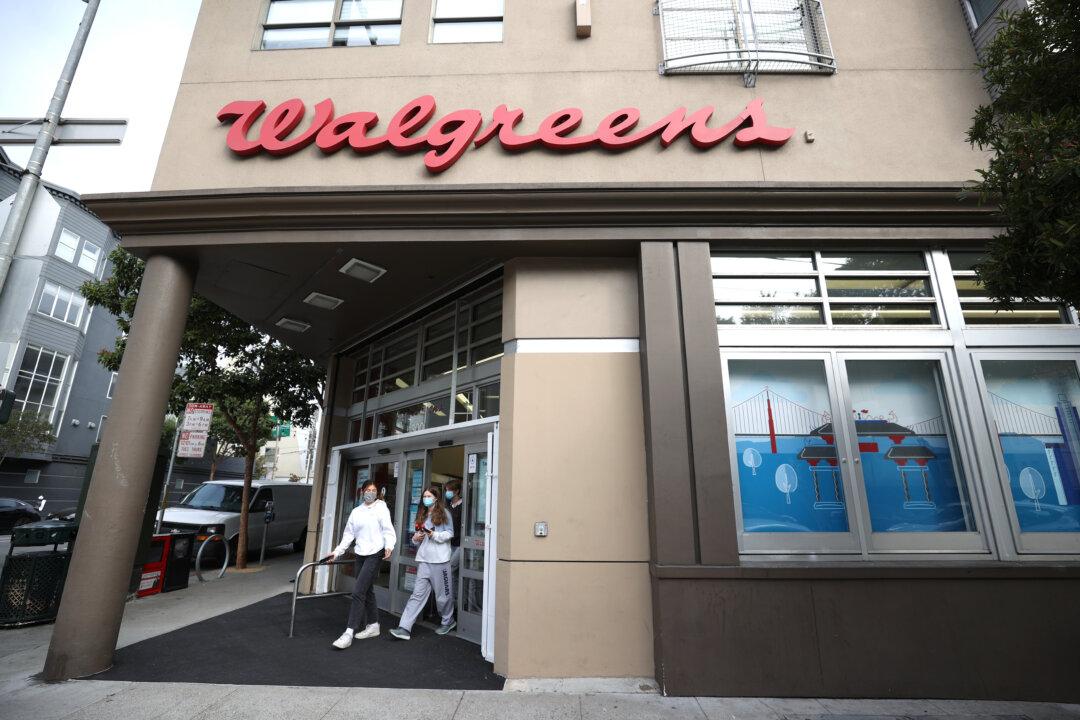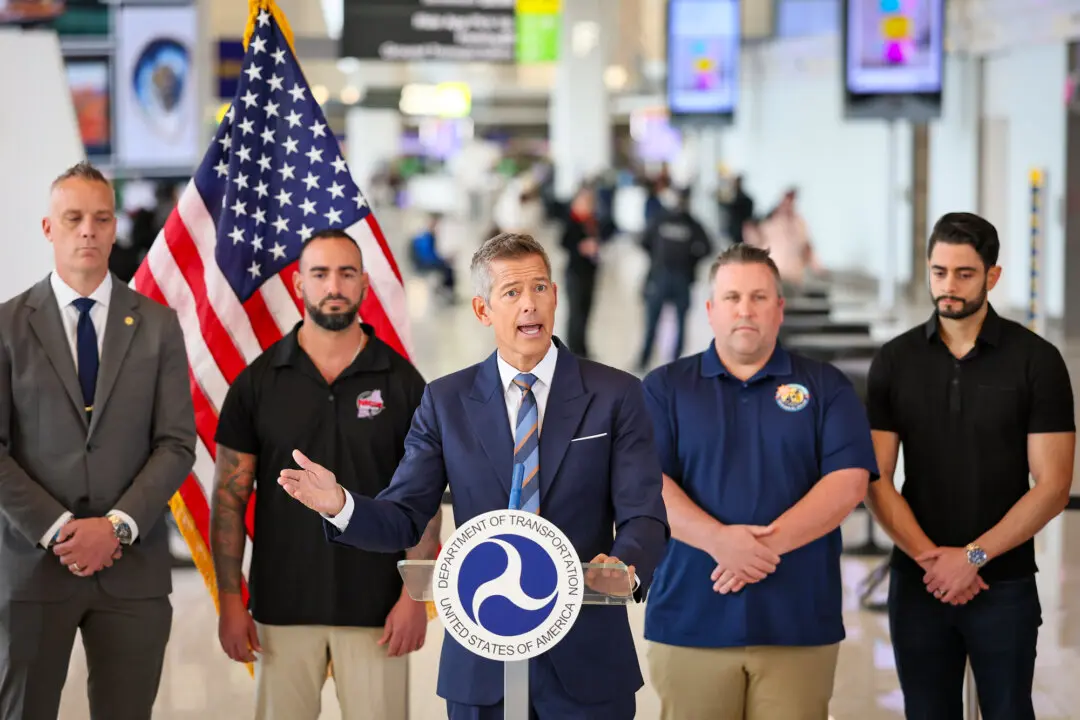Pharmacy staff at multiple Walgreens outlets in the United States are holding walk-off protests citing overwork and dissatisfaction about work environments.
Pharmacies at certain Walgreens locations in Arizona, Massachusetts, Oregon, and Washington were closed on Monday, according to CNN. Several pharmacies that remained open were severely understaffed, with only some able to operate their drive-thru services. Others decided to shut shop early due to a shortage of staff. The employee protests are not held under any labor unions, rather, workers are organizing and coordinating walkouts independently via platforms like Facebook and Reddit.





